What is a Small Submersible Pump? Key Features, Benefits, and Industry Insights for Efficient Water Management
In the realm of efficient water management, the small submersible pump stands out as a pivotal technology designed to address various water-related challenges across multiple industries. As the demand for effective water solutions continues to rise, understanding the key features and benefits of these compact pumps is essential for stakeholders looking to enhance their operational efficiency. With a multitude of applications ranging from residential use to agricultural irrigation and industrial processes, the small submersible pump offers a versatile solution that not only saves space but also enhances performance.
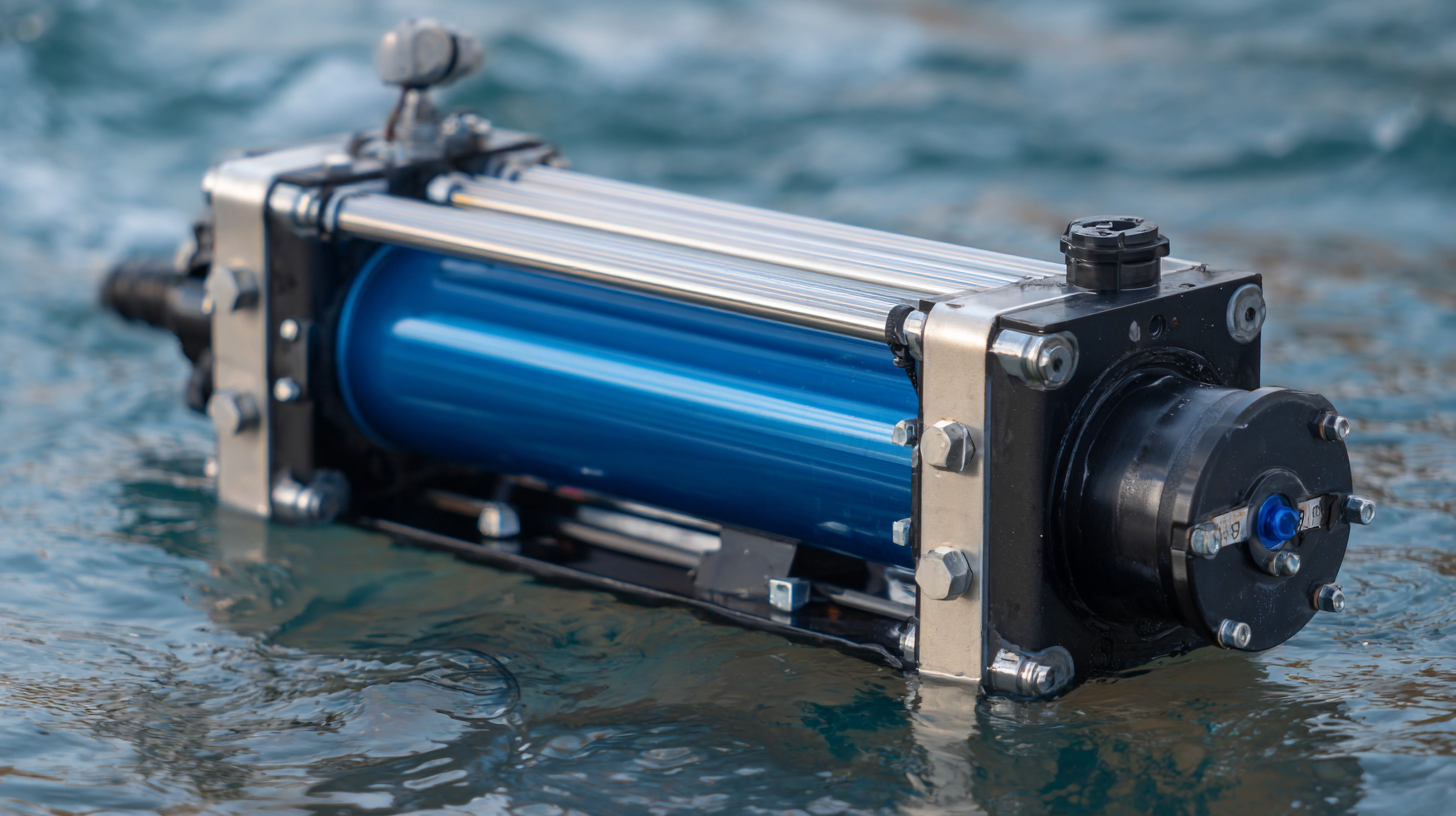
This article aims to delve into the core characteristics of small submersible pumps, highlighting their efficiency, reliability, and ease of use. By examining industry insights and emerging trends, we seek to provide a comprehensive understanding of how these pumps contribute to more sustainable water management practices. As we project into 2025, awareness of these innovative technologies will be crucial for professionals tasked with improving water systems and ensuring optimal resource utilization, making the small submersible pump an indispensable asset in the modern landscape of water management solutions.
Key Characteristics of Small Submersible Pumps and Their Impact on Efficiency
Small submersible pumps are vital components in various water management applications, especially in residential settings. These pumps are characterized by their compact design and ability to operate under water, which enhances their efficiency in draining, irrigation, and wastewater management. As the North American centrifugal pump market is projected to grow from $3.94 billion in 2025 to $4.74 billion by 2032, with a compound annual growth rate (CAGR) of 2.69%, the demand for smaller, more efficient submersible pumps is also expected to rise.
Key characteristics of small submersible pumps include energy efficiency, quiet operation, and robust construction that withstands submerged conditions. These features not only enhance their reliability but also contribute to significant cost savings in both energy consumption and maintenance. Moreover, the household water pump market is also witnessing considerable growth, with an estimated value of $18.58 billion in 2024, projected to reach $26.92 billion by 2032, reflecting a CAGR of 4.8%.
Tip: When selecting a small submersible pump, consider the specific application and required flow rate to ensure optimal efficiency. Additionally, regular maintenance is essential to prolong the pump's lifespan and maintain its performance.
What is a Small Submersible Pump? Key Features, Benefits, and Industry Insights for Efficient Water Management
| Characteristic | Description | Benefit | Application |
|---|---|---|---|
| Compact Design | Small size allows for installation in tight spaces. | Versatile usage across various environments. | Residential water features, fountains. |
| High Efficiency Motor | Uses advanced technology for optimal performance. | Reduces energy consumption and operational costs. | Irrigation systems, aquaculture. |
| Durable Materials | Constructed from corrosion-resistant materials. | Longer lifespan and reduced maintenance. | Wastewater management, groundwater extraction. |
| Variable Speed Operation | Adjustable speed settings for different applications. | Optimizes flow rate and minimizes waste. | Stormwater management, agricultural applications. |
Market Trends and Growth Projections for Small Submersible Pumps by 2025
The market for small submersible pumps is poised for significant growth, with projections indicating an increase in demand driven by various sectors including agriculture, construction, and municipal water management. According to a report by Research and Markets, the global small submersible pump market is expected to grow at a CAGR of over 4% from 2020 to 2025, reaching a valuation of approximately $4 billion by the end of this period. This growth is largely attributed to the rising awareness of efficient water management practices and the increasing need for reliable water supply solutions in urban and rural settings.
Industry insights reveal that advancements in technology are also contributing to this trend, with more pumps now being designed for energy efficiency and reduced operational costs. The emergence of IoT-enabled pumps allows for real-time monitoring and automated operations, making them ideal for various applications, from draining excess water to maintaining irrigation systems. Market research by Grand View Research suggests that innovations in design and materials used, such as corrosion-resistant components, are enhancing the durability and efficiency of these pumps, making them increasingly attractive to consumers.
Comparative Analysis: Small Submersible Pumps vs. Traditional Water Management Solutions
When comparing small submersible pumps to traditional water management solutions, several key differences highlight the efficiency and adaptability of these advanced devices. According to a report by the International Water Association, submersible pumps show a 30% improvement in energy efficiency over conventional pumps, making them a more sustainable choice in various applications. Their ability to operate underwater reduces the need for complex mechanical systems and simplifies installation, offering significant time and cost savings during setup.
Moreover, small submersible pumps are designed for a variety of industries, ranging from agriculture to municipal water supply systems. A recent study by MarketsandMarkets projected that the global submersible pump market size could reach USD 25 billion by 2026, reflecting an increasing preference for these pumps in water management due to their compact size and enhanced performance. Traditional water management solutions often struggle with higher maintenance costs and energy consumption, while submersible options ensure reliable performance with minimal environmental impact, aligning with the growing demand for efficient water resources management in a rapidly changing climate.
Comparative Analysis of Small Submersible Pumps and Traditional Water Management Solutions
Industry Applications: How Small Submersible Pumps Are Revolutionizing Water Management
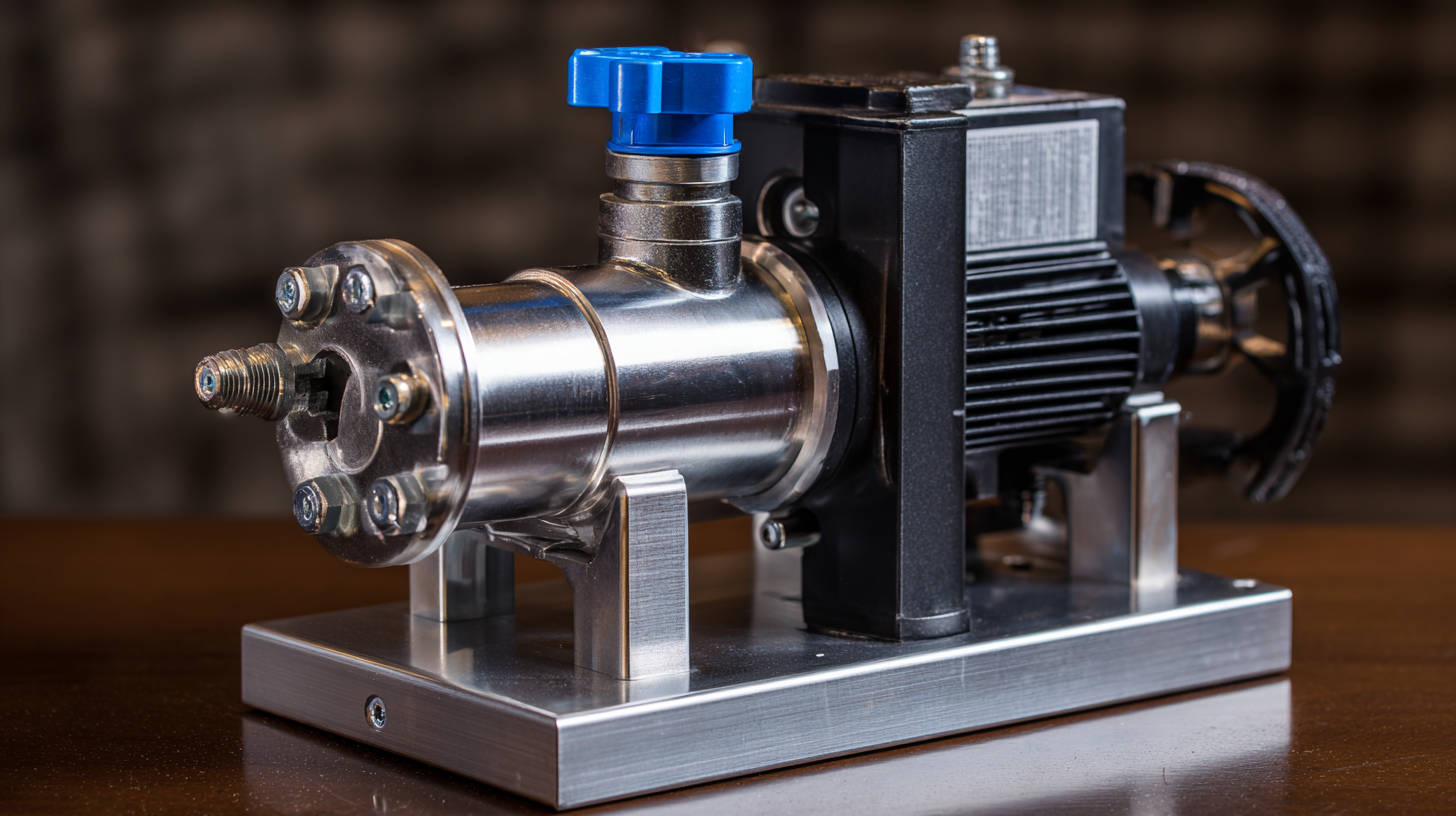 Small submersible pumps are becoming increasingly essential across various industries for efficient water management. These compact and powerful devices are designed to operate underwater, making them ideal for applications in agriculture, construction, and wastewater management. In agricultural settings, small submersible pumps facilitate irrigation by efficiently drawing water from wells or surface sources, ensuring crops receive adequate moisture even in arid conditions. Their ability to handle variable flow rates allows farmers to customize their water supply, optimizing resource use.
Small submersible pumps are becoming increasingly essential across various industries for efficient water management. These compact and powerful devices are designed to operate underwater, making them ideal for applications in agriculture, construction, and wastewater management. In agricultural settings, small submersible pumps facilitate irrigation by efficiently drawing water from wells or surface sources, ensuring crops receive adequate moisture even in arid conditions. Their ability to handle variable flow rates allows farmers to customize their water supply, optimizing resource use.
In the construction and civil engineering sectors, small submersible pumps play a critical role in dewatering operations. They are used to remove excess water from construction sites, ensuring safe and stable working conditions. Similarly, in wastewater management, these pumps effectively transport sewage and effluent from residential and industrial sources to treatment facilities. Their versatility and efficiency in handling both clean and dirty water make small submersible pumps invaluable tools that help revolutionize water management strategies across multiple industries, enhancing sustainability and reducing costs.
Technological Innovations in Small Submersible Pumps Enhancing Performance and Sustainability
Technological innovations in small submersible pumps are pivotal in enhancing performance and sustainability in water management, particularly in the agricultural sector. As the need for efficiency grows, these pumps are increasingly incorporating energy-efficient technologies, making strides in areas like solar-powered irrigation systems. In rural Asia, for example, implementing advanced small submersible pumps has led to significant improvements in energy management, with data indicating that such innovations can reduce water usage by up to 40%, enhancing both crop yield and resource conservation.
Furthermore, the integration of machine learning into small submersible pump operations offers a transformative approach to water and energy nexus management, especially in arid regions facing severe water scarcity. A recent report highlights that up to 30% of agricultural water can be saved through intelligent systems that optimize irrigation based on real-time data analytics. This trend underscores the critical role small submersible pumps play not just in water distribution but also in promoting sustainable practices that align with global climate resilience goals. With continued investment in innovative water reuse technologies, small submersible pumps will remain at the forefront of sustainable water management strategies, essential for addressing the challenges of increased energy demand and water scarcity.
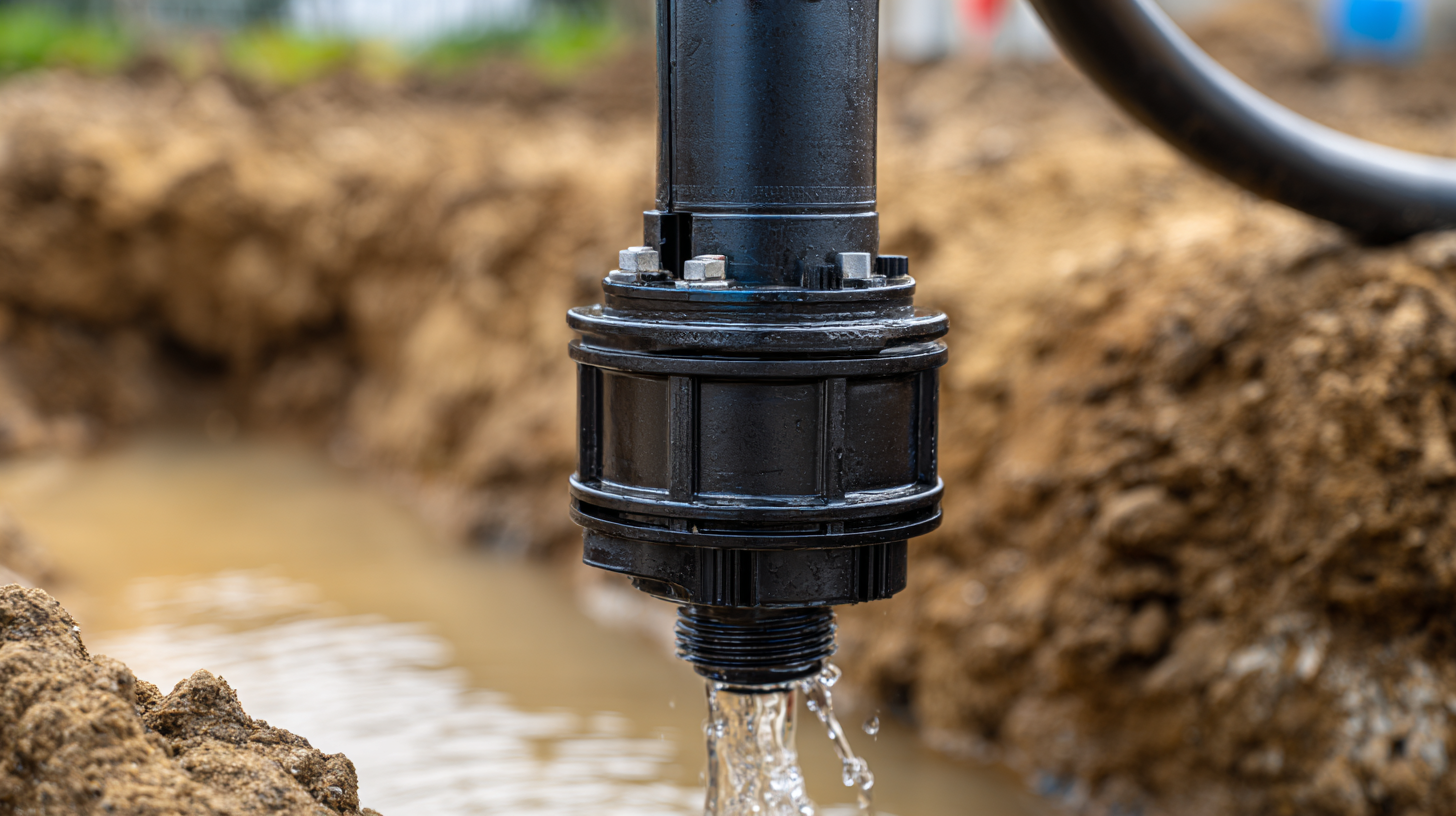
Related Posts
-

Challenges Encountered with Submersible Pumps in Industrial Applications
-
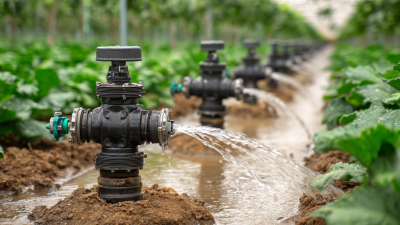
Unlocking Efficiency: How Submersible Pumps Are Transforming Water Management in Agriculture
-

7 Essential Tips for Choosing the Best Electric Water Pump for Your Needs
-

Ultimate Guide to Choosing the Best 12 Volt Sprayer Pump for Your Agricultural Needs
-
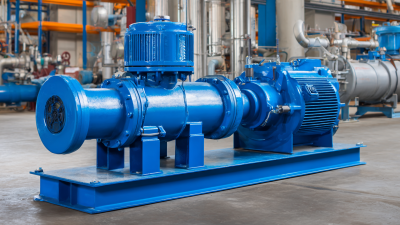
How to Choose the Best Pressure Pump for Water Efficiency Based on Industry Standards
-

Understanding the Benefits of a 12 Volt Water Pump for Your DIY Projects